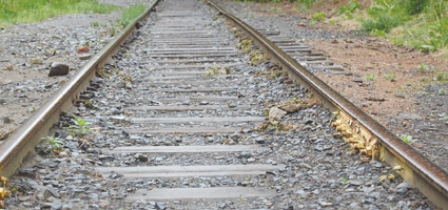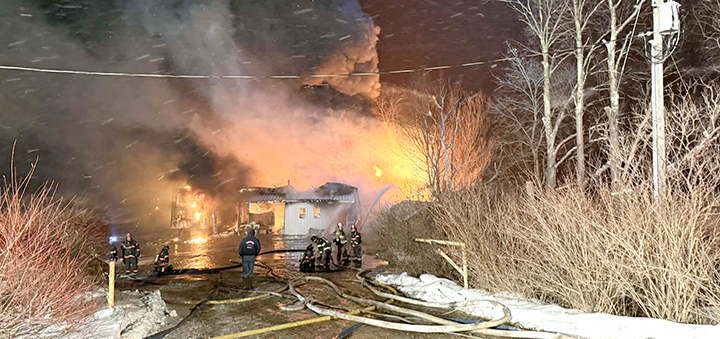Railroad project rests on outcome of new survey report
NORWICH – The Chenango County Industrial Development Agency may be as little as one week from making decision concerning the fate of the Utica Main Line that spans from Greene to Sherburne.
Having recently completed a field survey of damage to the line, the CCIDA is currently awaiting a final report from Stone Consulting, Inc., the Pennsylvania based engineering firm that was contracted to assess total damages. According to the CCIDA, that report – with new estimated costs of the project – is expected to be made available to the county as early as next week.
If estimated costs far exceed earlier estimates, then it’s possible that local officials will put the brakes on the project.
While preliminary estimates of repairs to the railroad topped $5.9 million, there was good news and bad news that came from the field survey which examined every section of the 45.5 miles of train tracks, explained Commerce Chenango President and CEO Steve Craig.
“The good surprise is we don’t need nearly as many ties as previously thought,” Craig told county officials at a meeting of the Planning and Economic Development Committee in May. “Another good surprise is the alignment, the gauge, and condition of the steel rails are good ... The only thing that is worse than previously thought is the condition of the bridge timbers.”








Comments